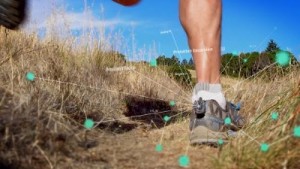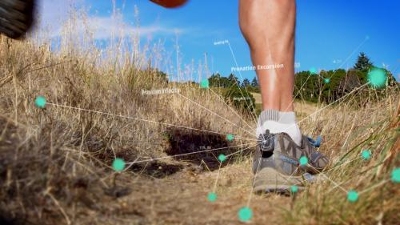Transparency is extremely important to us, so we are letting you know that we may receive a commission on some of links you click on from this page. See our disclaimer.
 This post from Cathy Kenworthy, Interactive Health CEO, was originally published in LinkedIn here. Please visit the original piece to leave any comment.
This post from Cathy Kenworthy, Interactive Health CEO, was originally published in LinkedIn here. Please visit the original piece to leave any comment.
It’s virtually impossible to name an industry that hasn’t been changed, disintermediated, or plain turned upside down thanks to technology. From real estate to music, from job search to car service, technology’s impact is everywhere.
So what about workplace wellness?
Technology clearly plays an incredibly important – potentially transformational – role in workplace wellness. In fact, we named technology as one of our “Seven Trends Impacting Wellness in 2015.”
While the latest fad (“track your steps!”) is appealing, we know the truth requires depth in business process and investment in enduring technologies to create integrated solutions, and impact. Borrowing from Greg Williams, deputy editor of Wired magazine, “The best technology is technology we don’t see… after all, it’s not really about the technology, it’s about the rest of us.”
Our industry, health management in the worksite, has a unique consideration: it’s deeply personal. Solutions that work are customized, because each member is different with distinct requirements, challenges, needs and results.
Further, effective workplace wellness plans hinge on employee engagement. The plan with disengaged members is the wellness tree falling in the forest. It makes no discernable impact.
We know, of course, that technology creates the ability to see realities, but it does not create action, especially action on tough habits and hard changes. In some ways, the very heart of preventive care is the need to act before occurrence, and it is the data, and the technology behind that data, that allows for preventive care.
I remember a time when pundits thought that technology, particularly Internet solutions such as realtor.com, would eliminate the need for real estate agents. Once MLS data became available to everyone, who needs a realtor? At the time, I thought the thinking was misguided and overstated. The buying and selling of homes is a deeply personal and an emotionally significant, as well as financially significant, transaction. Tools like realtor.com would be very powerful enablers of those highly skilled real estate agents that had the know-how and market knowledge to put deals together between willing buyers and sellers based on the needs of each. And, I think that turned out to be emphatically the case. In the age-old debate about chickens and eggs, I believe that business process expertise, enabled by technology, almost always trumps technology with little or no business process.
So, the technology we invest in enables business process. Every day, dozens of unique and well-crafted interventions are applied in a personalized fashion across scores of individuals with real-time speed. As we learn to be even more predictive about what works, imagine those possibilities one and five and ten years from now. The fact that we have scale only allows even more learning and more possibilities.
Technology does a fantastic job of opening up new engagement opportunities, enabling our people – highly skilled wellness experts – to spot new engagement opportunities. Using technology, we can design new programs and solutions that are very effective at tapping into key segments of a given population to truly understand health risk in specific and credible ways. More importantly, we can take action based on this information more quickly than in the past, engaging individuals earlier to create improved outcomes.
New tech trends also enable your wellness plan to provide more robust resources, more responsive care, and have a positive impact on behavioral change. Given that 65 percent of U.S. adults have a smart phone and 25 percent of people in the U.S. use fitness trackers, technology, as I like to say, can make a big, big world smaller. Individuals can engage with their health – and with others – through actionable data, online communities, online “contests,” peer challenges, and more.
The hard work of preventive care is hands on and driven by experts with a passion to help people adopt small changes that lead to giant lifestyle change, grappling with all the emotion and practical issues attendant with those changes. For the best wellness professionals, technology is yet another tool that makes them even better at improving health, especially when working with those individuals who need to adapt to profoundly new habits in areas of nutrition, activity and tobacco use.
I often say: Technology is your friend. Those who are good at providing wellness, can be even better with technology. Technology allows strong process and our best people to become even more effective and powerful at what they do… which is to engage individuals in understanding and improving their health, or endlessly creative and inspiring ways.
What do you think about the future of wellness with the friendship of technology in hand? What is enduring and what is fad?





0 Comments